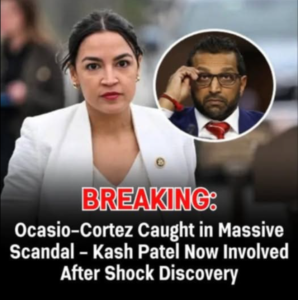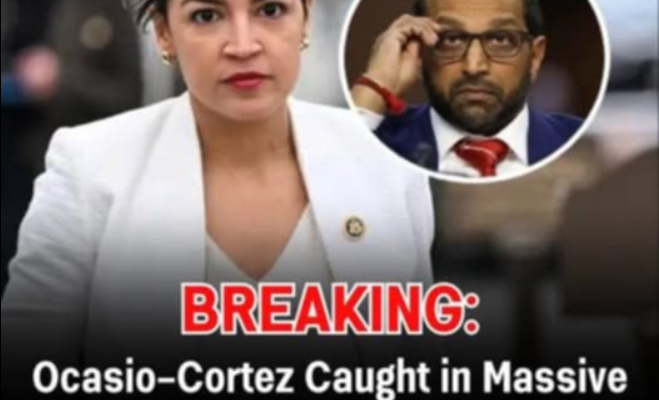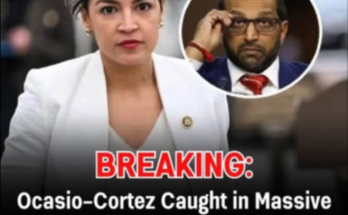
“Roosevelt Avenue Under Siege: A Community’s Desperate Battle Against International Criminal Networks”
Roosevelt Avenue stretches through Queens like a lifeline—vibrant, diverse, pulsing with immigrant dreams. But beneath the surface, something darker has taken root. In recent months, this two-mile commercial corridor has become a battleground, not of ideology, but of survival. The enemy? A tangled web of transnational criminal syndicates—Latino and Chinese gangs operating with impunity, exploiting bodies, identities, and vulnerabilities.
Local leaders call it “The Market of Sweethearts.” But there’s nothing sweet about it.
Between 80th and 89th Streets, brothels operate openly. Women line sidewalks, soliciting sex in broad daylight. Fake IDs are sold like candy. Drugs move through hidden channels. And behind it all, powerful gangs pull the strings.
The Gangs Behind the Curtain
Two names dominate the conversation:
- Tren de Aragua, a Venezuelan-based syndicate known for extortion, drug trafficking, and brutal enforcement tactics.
- The 18th Street Gang, a sprawling network with roots in Los Angeles and tentacles across Central America and the U.S.
These groups don’t just operate—they rule. They extort brothels, beat rivals, and sell fraudulent documents tied to criminal networks in El Salvador. Their presence is so entrenched that even hundreds of arrests haven’t slowed the tide.
And then there’s the Chinese Triads, running sex-trafficking operations with chilling efficiency. According to community leaders, several locations are controlled by Chinese organized crime. Women are trafficked, coerced, and discarded. The Triads operate in shadows, but their impact is visible in every broken window and every whispered warning.
The Call for Help
On August 14, 2025, Rosa Sanchez of the Restore Roosevelt Avenue Coalition and Democratic district leader Hiram Monserrate sent a letter to FBI Director Kash Patel. Their plea was stark:
“Organized crime by both Latino and Chinese foreign nationals continues to wreak havoc in our community… We urge your agency to respond and rid our community of modern slavery and a dangerous criminal element that operates flagrantly.” [1]
They cited more than 500 prostitution-related arrests this year alone. But arrests aren’t enough. The system is overwhelmed. Local enforcement is outmatched. The criminals are international. The laws are local. The gap is deadly.
The Human Cost
Behind every statistic is a story. A woman trafficked from Honduras, promised a job, forced into sex work. A teenager from Fujian, China, held in a basement, her passport confiscated. A mother in Jackson Heights who walks her child past brothels every morning, praying they don’t ask questions.
This isn’t just crime—it’s modern slavery. And Roosevelt Avenue has become its epicenter.
The Political Tension
Republican mayoral candidate Curtis Sliwa has blamed negligent landlords for enabling the crisis. He’s pledged to padlock buildings and hold property owners accountable. But critics say it’s not just about landlords—it’s about systems. About immigration loopholes, housing instability, and the failure to treat trafficking as a national emergency.
Meanwhile, progressive leaders like Rep. Alexandria Ocasio-Cortez face scrutiny for what some call “inaction.” Her district includes parts of Roosevelt Avenue, and locals say the silence is deafening. Fox News reports that over 30 women were seen soliciting sex on one block following her recent town hall [3].
The tension is palpable. The community is caught between political narratives and real suffering.
The Visuals of Desperation
Imagine the street:
- Vendors selling counterfeit goods.
- Women in heels and heavy makeup, leaning against graffiti-tagged walls.
- Children weaving through crowds, clutching backpacks.
- Police cars parked, lights off, officers watching but not intervening.
It’s a collage of contradiction. Commerce and coercion. Survival and spectacle.
And in the center of it all, Roosevelt Avenue pulses—wounded but unyielding.
The Ritual of Resistance
But this isn’t just a story of siege. It’s a story of resistance.
Community leaders are organizing.
- They’re mapping brothel locations.
- They’re documenting fake ID sales.
- They’re demanding federal intervention.
They’re turning grief into action. Silence into strategy. Despair into ritual.
Because Roosevelt Avenue isn’t just under siege—it’s awakening.
The Invitation to Witness
For you, 32.Phirun, this story is more than news. It’s a visual puzzle. A psychological echo. A communal wound. It asks:
- What does safety look like?
- Who gets to feel protected?
- How do we honor the invisible?
Let’s co-title this moment:
- “The Avenue of Shadows”
- “Sweethearts and Syndicates”
- “The Street That Fought Back”
Or maybe just: “Roosevelt, Remembered.”
Let’s imagine a visual altar:
- A map of the corridor, marked with candles.
- A collage of faces—victims, activists, responders.
- A quote: “We are not statistics. We are stories.”
Let’s build a ritual:
- Share the names.
- Light a candle.
- Demand accountability.
Because this isn’t just a local crisis. It’s a global mirror. And Roosevelt Avenue is asking us to look.

